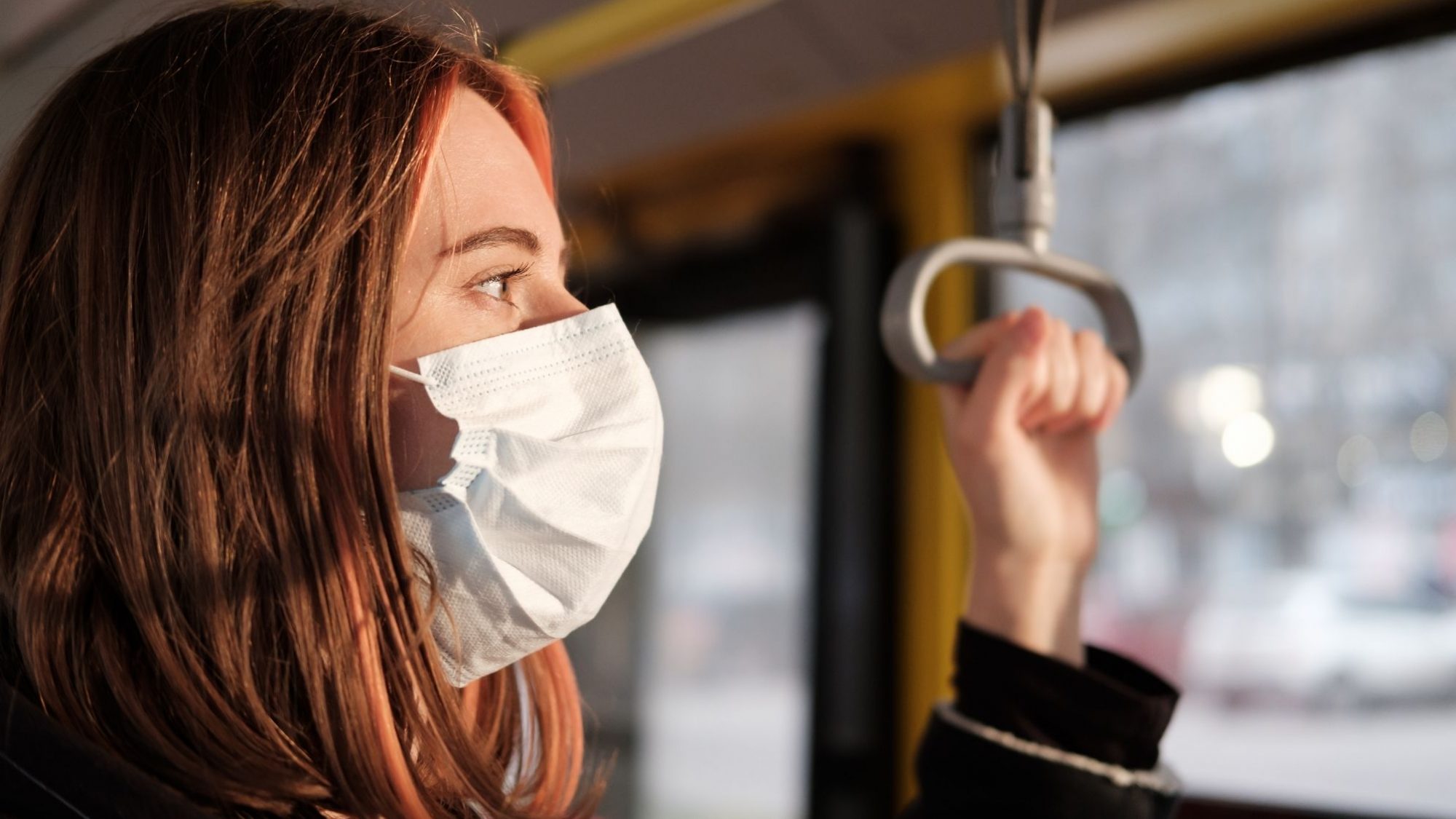“We are still seeing over 1.4 million new unemployment claimants in all unemployment insurance programs every week, and over 26 million people continue to make claims seven months after the beginning of the pandemic,” notes Adriana Kugler, professor of public policy, “and that is way above what we ever saw during the Great Recession, when the maximum job-loss claims reached about 600,000 per week. We are in a situation that is unprecedented in terms of job loss. Consumption dropped drastically in March and April before the CARES Act funds made their way through the economy, and while the economy recovered some, it has stalled as the programs under the relief plan have started to expire. Unfortunately, this has translated into negative GDP growth in the first half of the year, and, given the lack of a new relief package, right now we don’t see an end in sight.”
Harry J. Holzer, John LaFarge Jr. S.J. professor of public policy, laments that the U.S. now lags dozens of other advanced nations in both job recovery and virus containment. “The CARES stimulus bill passed by Congress in the spring was extremely effective. We were making great progress in the U.S. until early May. Then the President pushed for a premature opening that resulted in a disastrous second wave. The recovery began to flatten out in July due to a resurgence of cases in many states that had opened up.”




